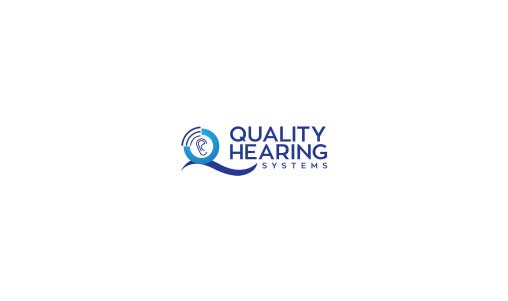It’s no secret that hearing aids should be customized to the user. But perhaps you didn’t realize what goes into it. You’ll have to have this done by a certified audiologist. Just as you can’t just fit any lenses into your frames without the help of an ophthalmologist, you’ll have to get your hearing aid programmed by a professional. This is so the doctor can take into account your existing hearing capabilities. Thus, no two hearing aids are exactly alike because everyone has custom features that need to be addressed. Degree of hearing loss, comfort level and other considerations are all elements of the programming process.
Processing Time
Most hearing aids now are fairly simple to program with the right software and hardware. Think of older devices, which could simply be adjusted with a screwdriver. You can’t really know if you’ll like the settings unless you try it out, right? Users may come back to the doctor with suggestions on what they would like to see happen. The brain must adjust to the new sounds emitted by the device, which can only really be determined over time within various listening situations, such as crowd noise that you can’t get in an office setting. Thanks to this trouble shooting approach, digital hearing aids are the best option available today. Now, you can customize hundreds of elements within digital hearing aids to match the hearing needs of an individual with hearing loss. Programming can occur during and after a thorough hearing evaluation, depending on various subjective preferences. Adjustments often happen on a recurring basis as the user troubleshoots preferences in the real world.
What Factors can be Adjusted?
A host of elements are involved when an audiologist programs your hearing aid. An audiologist can adjust anything from volume, frequency and intensity levels, to compression ratios, maximum output of power and noise reduction, along with microphone usage. Whichever model you have, this may vary. A setting that’s simply too sensitive to noise can be tweaked to accommodate how the user likes it. Many devices can also filter out background noise.
Programming Hearing Aids
The intent of a good hearing aid is to provide customized features. This occurs due to real ear measurements, visual mapping and environmental simulations. Real-ear probe microphones are on hand to learn just how much sound is getting to the eardrum. This is so the doctor can accurately program the device in the best way possible. Visible speech mapping (VSM) picks up on how various sounds of speech hit the eardrum and process sound, an ideal alternative to traditional measurements. This surround sound system approach, while it can simulate crowd noises and help the doctor adjust noise reduction factors, is valuable too because it offers unparalleled troubleshooting capabilities. You’ll need all the right hardware, software and cables to connect to the hearing aid so the programming process can be successful. While some people actually know how to program their own hearing aids, this can be expensive and the accuracy level is not ensured. Enlist the help of a professional instead. The hearing aids of today are able to help with noise reduction and feedback reduction algorithms. You’ll find that several doctors use a surround sound system in order to simulate real noise from the outside environment and make adjustments based on feedback in real time.
 It’s no secret that hearing aids should be customized to the user. But perhaps you didn’t realize what goes into it. You’ll have to have this done by a certified audiologist. Just as you can’t just fit any lenses into your frames without the help of an ophthalmologist, you’ll have to get your hearing aid programmed by a professional. This is so the doctor can take into account your existing hearing capabilities. Thus, no two hearing aids are exactly alike because everyone has custom features that need to be addressed. Degree of hearing loss, comfort level and other considerations are all elements of the programming process.
It’s no secret that hearing aids should be customized to the user. But perhaps you didn’t realize what goes into it. You’ll have to have this done by a certified audiologist. Just as you can’t just fit any lenses into your frames without the help of an ophthalmologist, you’ll have to get your hearing aid programmed by a professional. This is so the doctor can take into account your existing hearing capabilities. Thus, no two hearing aids are exactly alike because everyone has custom features that need to be addressed. Degree of hearing loss, comfort level and other considerations are all elements of the programming process.